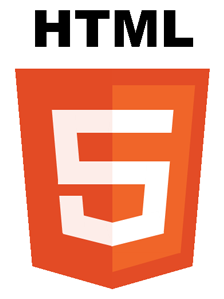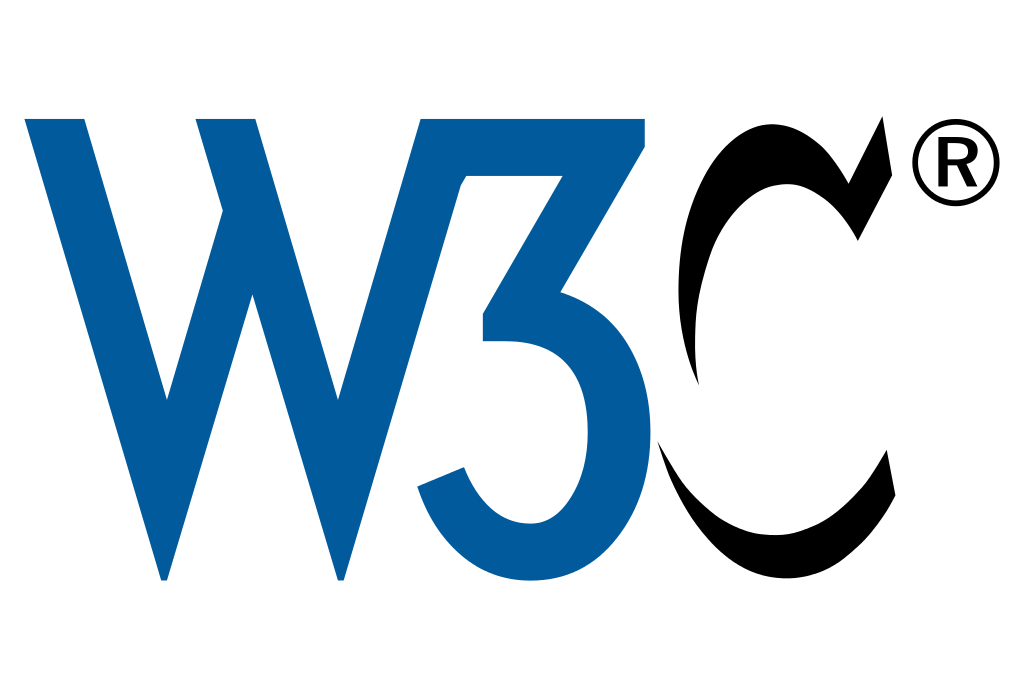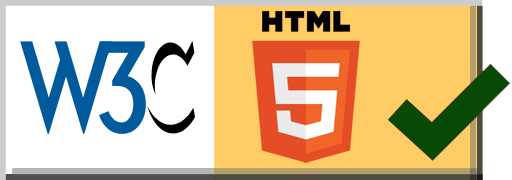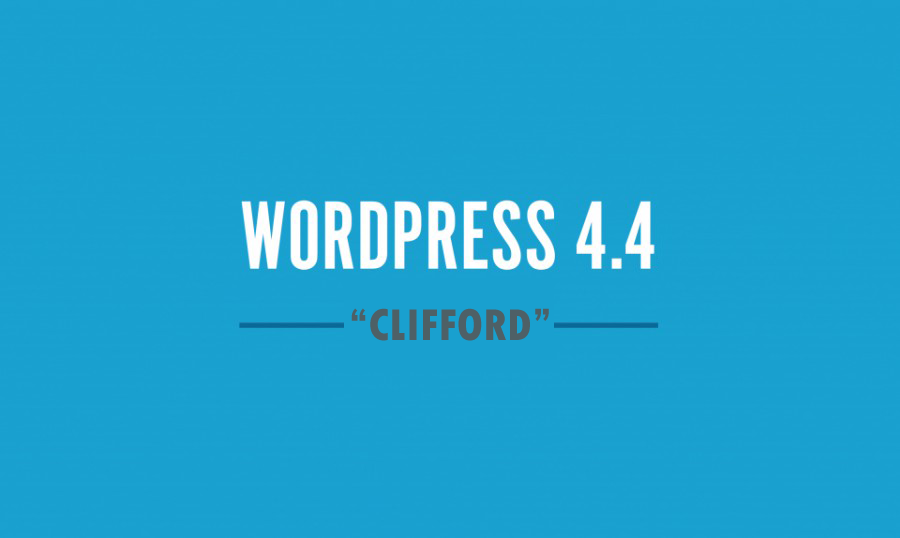I start a serie of blog posts to share notes I took when I attended the MOOC ‘Learn HTML5 from W3C‘. For this first post, you find the most relevant information given in the introduction part of this online course.
Unicorn
http://validator.w3.org/unicorn/
Unicorn is W3C’s unified validator, which helps people improve the quality of their Web pages by performing a variety of checks. Unicorn gathers the results of the popular HTML and CSS validators, as well as other useful services, such as Internationalization, RSS/Atom feeds and http headers.
The w3c cheatsheet
http://www.w3.org/2009/cheatsheet/
The W3C cheatsheet provides quick access to useful information from a variety of specifications published by W3C. It aims at giving in a very compact and mobile-friendly format a compilation of useful knowledge extracted from W3C specifications, completed by summaries of guidelines developed at W3C, in particular the WCAG2 accessibility guidelines, the Mobile Web Best Practices, and a number of internationalization tips.
Internationalization
The word ‘Internationalization’ is often abbreviated to ‘i18n‘. This is a widely used English abbreviation, derived from the fact that there are 18 letters between the ‘i’ and the ‘n’.
Localization is sometimes written as l10n.
Unicode
As a content author or developer, you should nowadays always choose the UTF-8 character encoding for your content or data. This Unicode encoding is a good choice because you can use a single encoding to handle pretty much any character you are likely to meet. This greatly simplifies things.
Always declare the encoding of your document using a meta element with a charset attribute:
<!DOCTYPE html>
<html lang=”en”>
<head>
<meta charset=”utf-8″/>
…





